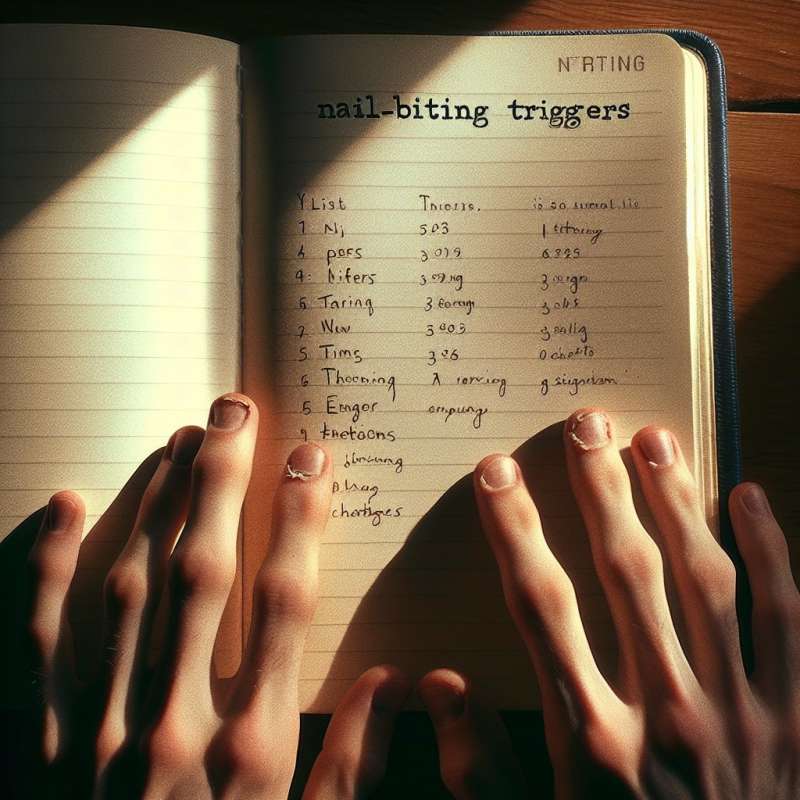
Understanding Nail Biting
Nail biting, or onychophagia, is a common stress-relieving habit. It often starts in childhood and can be triggered by anxiety, boredom, or imitating others.
Health Risks Involved
Biting your nails can lead to infections, dental issues, and skin damage. Harmful bacteria and viruses can enter your body through tiny abrasions caused by biting.
Identify Your Triggers
Notice when and why you bite your nails. Is it stress, focus, or habit? Documenting these instances can reveal patterns and help you anticipate and prevent biting.
Practical Deterrence Methods
Use bitter-tasting nail polishes, manicures, or bandages to make biting unappealing. Keeping your nails trimmed and filed can remove the temptation to bite.
Replacement Habits
Adopt a competing response like squeezing a stress ball or playing with a fidget spinner when you feel the urge to bite your nails.
Professional Help
In some cases, therapy can help. Cognitive-behavioral therapy (CBT) can be effective in addressing the underlying issues associated with nail biting.
Celebrate Small Victories
Set small goals and reward yourself for meeting them. Positive reinforcement can boost your motivation to continue your efforts to stop nail biting.
What is onychophagia?
A type of manicure
A stress-relieving habit
A nail polish brand
Company